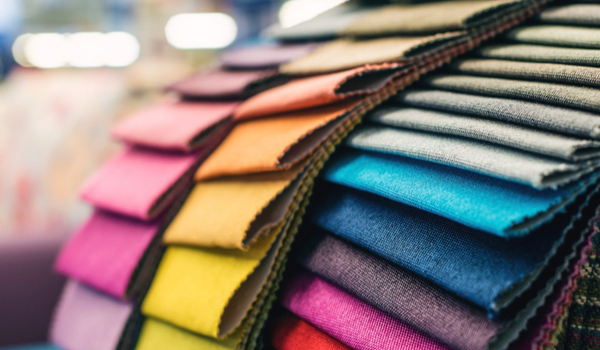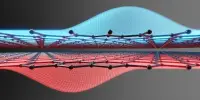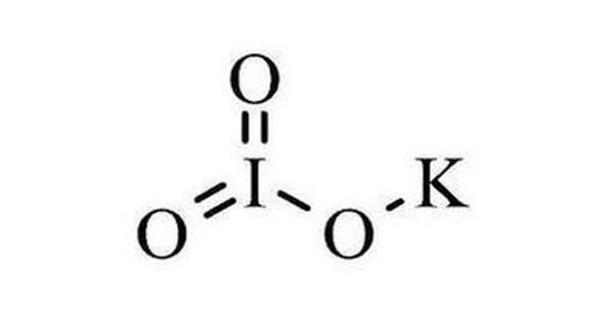When we think of clothing, we usually think of something we wear to cover our bodies, express our style, and protect us from the elements. What if the cloth changes color when you stretch your hand? … Such mechanoresponsive materials have enormous potential in a wide range of transformative applications in the beauty and health industries.
Cholesteric Liquid Crystal Elastomer (CLCE) is a structurally colored polymer system that can change color through mechanical deformation due to the color coupling of helically aligned liquid crystal molecules and the viscoelasticity of rubber. Prof. Jan Lagerwall, Dr. Yong Geng, and Rijeesh Kizhakidathazhath of the University of Luxembourg developed color-changing CLCE fibers that can be easily sewn into fabric.
By adjusting the viscoelasticity of the solution, the team at the Faculty of Science, Technology, and Medicine developed a simple and scalable method for extracting fibers from CLCE precursor solution. When the fibers are stretched, their color changes from red to blue in a continuous and reversible manner.
The original color of a photonic fiber changes as it stretches under strain because the coating thins and changes the original optical properties. Such fibers demonstrate the same principle that underpins the rainbow of colors found in soap bubbles, butterflies, and beetles.
The original color of a photonic fiber changes as it stretches under strain because the coating thins and changes the original optical properties. Such fibers demonstrate the same principle that underpins the rainbow of colors found in soap bubbles, butterflies, and beetles.
An electrically triggered color-changing fabric was created using a simple and low-cost method that combined the resistive heating properties of a conductive fabric with the color-changing properties of thermochromic materials. The conductive substrate was created by selectively depositing PPy on the cotton side of a commercially available polyester-covered cotton fabric, while the thermochromic ink was painted on the polyester side. The smart fabric demonstrated remarkable resistive heating and color-changing properties under an applied current, with bright color contrast due to the light color of the conductive substrate.

Then, the researchers demonstrate the robustness of the CLCE fibres in garments by subjecting it to repeated stretching, machine washing and abrasion. The fibres remain colourful and mechanoresponsive. Such robust and colour-changing fibres open up numerous applications in wearable technology and other areas benefiting from autonomous strain sensing or detection of critically strong deformations.
The technology employs a network of micro-wires that are woven into the clothing, as well as a battery pack. The temperature of the threads rises when electrical currents flow through the wires. As a result, special pigments in the thread can change color. This new technology differs from previous “color-changing” fabrics on the market, which use light-emitting diodes (LEDs). Aside from changing the colors of a fabric, users can also change the pattern that appears on the fabric using their smartphone. For example, by pressing a “stripe” button on their smartphone or computer, a user can gradually add blue stripes to a solid color tote bag.
















